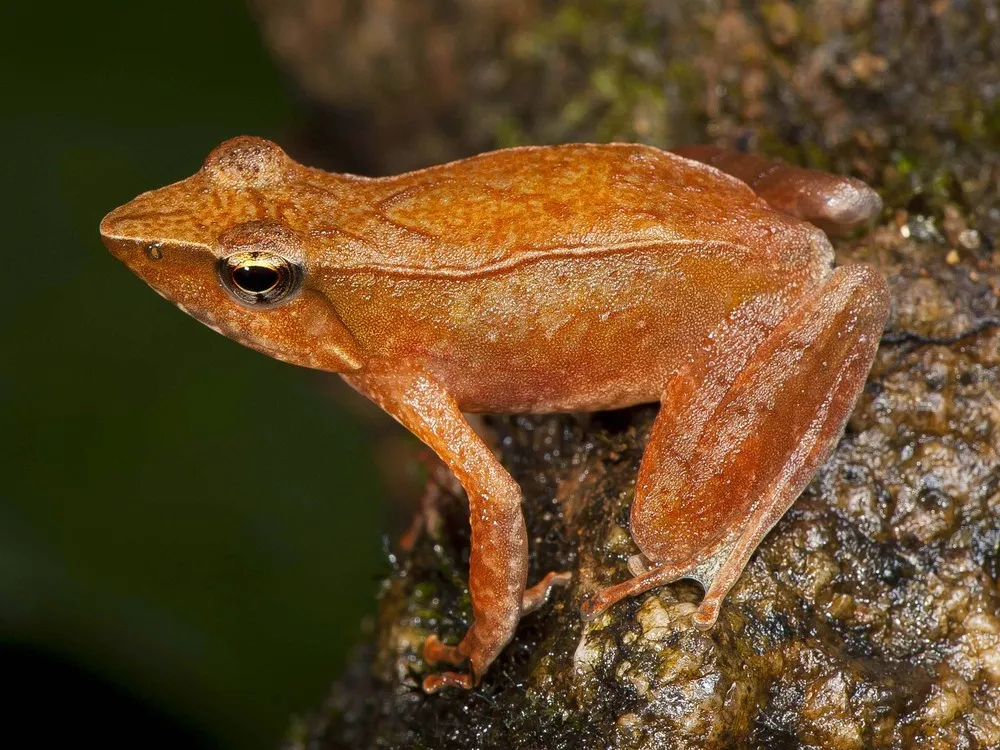In 2014 14 new species of dancing frogs had been discovered

14 New Species of Dancing Frogs Discovered in 2014

Researchers made an exciting discovery in 2014, when they uncovered not just one or two, but 14 new species of dancing frogs in India. These unique amphibians, belonging to the genus Micrixalus, were found in the lush Western Ghats region of India, a biodiversity hotspot known for its rich flora and fauna.
Unveiling the Hidden Diversity

The findings were a result of extensive fieldwork conducted by a team of scientists led by Dr. Sathyabhama Das Biju at the University of Delhi. These tiny dancing frogs have remained elusive for a long time due to their secretive nature and specific habitat preferences. However, the team’s dedication paid off when they successfully discovered and documented these remarkable amphibians.
A Taxonomic Milestone
The discovery of 14 new species of dancing frogs marks a significant achievement for the field of taxonomy, the science of classifying and naming organisms. Prior to this groundbreaking research, only a few species of dancing frogs were known to science. The identification of these new species not only expands our knowledge of the incredible biodiversity in the Western Ghats but also highlights the importance of thorough scientific exploration.
The Dance of Life
Dancing frogs are renowned for their unique courtship behavior, which involves males waving their legs and vocalizing distinctive calls to attract females. This romantic dance, accompanied by rhythmic movements, resembles a delightful performance in the wild. By studying the behavior and ecology of these frogs, researchers can gain insights into their evolutionary adaptations and social dynamics.
Conservation Concerns
While the discovery of these new species brings excitement and awe, it also raises concerns about their conservation. The Western Ghats region faces various ecological threats, including habitat loss, climate change, and pollution. These factors pose serious risks to the survival of not only the dancing frogs but also numerous other species inhabiting the area.
Therefore, the revelation of these additional dancing frog species serves as a reminder of the urgent need for conservation efforts in preserving the rich biodiversity of the Western Ghats. By understanding and protecting these unique creatures and their habitats, we can contribute to the sustainable future of our planet.
Source: ScienceAlert
Tags
Share
Related Posts
Quick Links
Legal Stuff

